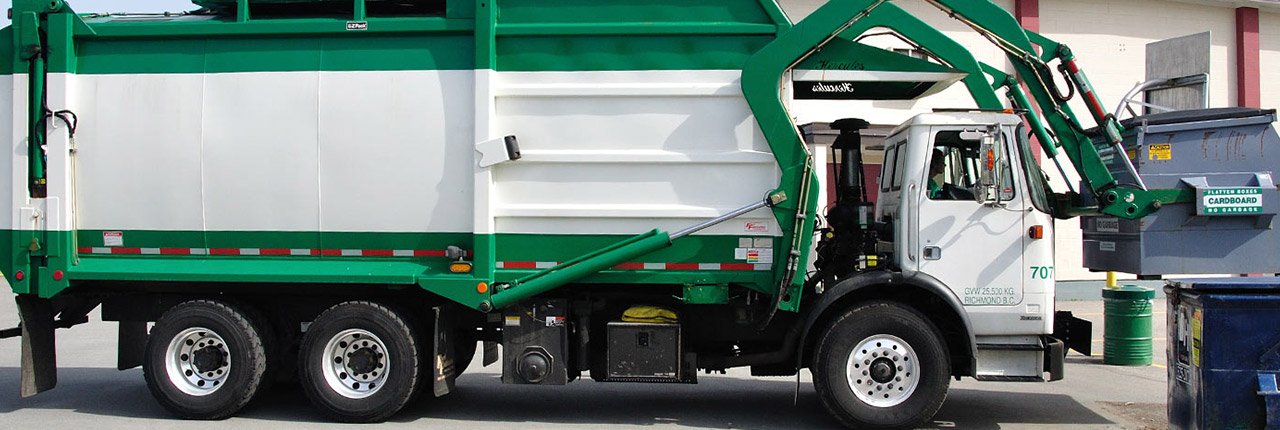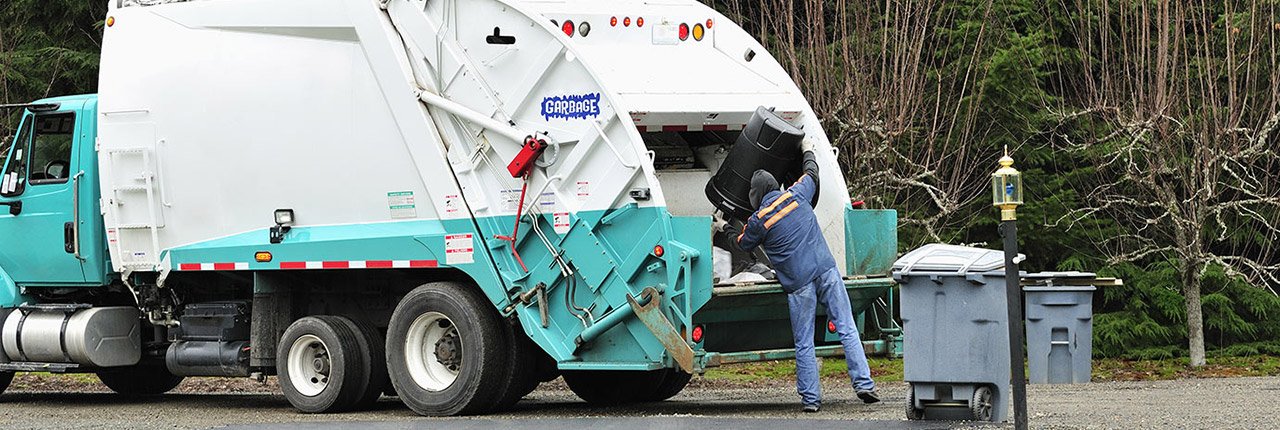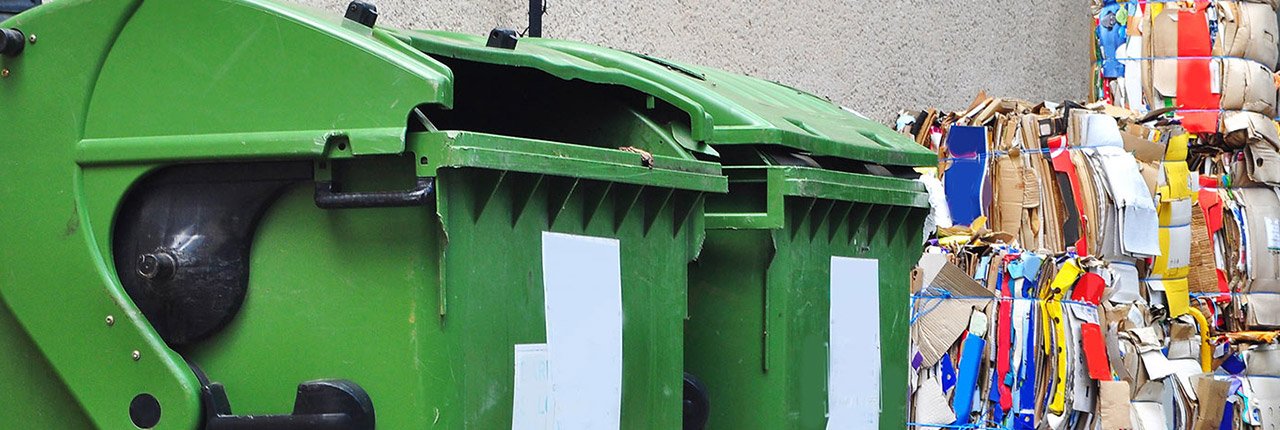Safe Brick and Rubble Clearance
Posted on 12/11/2024
Ensuring safe and efficient clearance of bricks and rubble is crucial for both small-scale home renovation projects and larger construction endeavors. Mismanagement of building debris can pose safety hazards, compromise project timelines, and escalate costs. This guide provides an in-depth look at methods for safe clearance of bricks and rubble, detailing the necessary steps and considerations to ensure an effective and secure cleanup process.
Why Safe Brick and Rubble Clearance is Important
Safe clearance procedures are vital to mitigating risks such as injuries, environmental harm, and regulatory penalties. Proper handling of debris safeguards workers and the surrounding community, while also promoting sustainable waste management practices.

Safety Considerations
Several safety considerations should be prioritized during brick and rubble clearance. These include:
- Wearing personal protective equipment (PPE) like gloves, safety glasses, and hard hats.
- Conducting a risk assessment before starting the clearance.
- Ensuring proper handling and lifting techniques to prevent injury.
- Using appropriate tools and machinery for the removal of heavy materials.
- Adhering to local regulations regarding waste disposal and recycling.
Best Practices for Clearance
Adopting these best practices ensures a streamlined clearance process:
- Planning: Develop a detailed waste management plan that outlines the types and quantities of debris, as well as disposal methods.
- Segregation: Sort materials into categories such as recyclables, hazardous waste, and non-recyclables to facilitate proper disposal.
- Utilizing Professional Services: Hire specialized clearance services to handle large volumes or hazardous materials safely.
- Recycling and Reusing: Maximize recycling and reuse of materials to minimize environmental impact.
Tips for Effective Brick and Rubble Clearance
Incorporate these tips to enhance the effectiveness of your brick and rubble clearance:
- Label Containers: Clearly label disposal containers to avoid mixing different types of debris.
- Create Safe Pathways: Clear pathways to prevent tripping hazards and improve the flow of materials.
- Use Wheelbarrows and Trolleys: Utilize manual transport aids to move heavy materials efficiently and safely.
- Regularly Maintain Equipment: Ensure tools and machinery are regularly serviced to prevent malfunction and accidents.
Pros and Cons of Brick and Rubble Clearance
Understanding the pros and cons of brick and rubble clearance can help in making informed decisions.
Pros
- Safety: Reduces the risk of injury by ensuring a clear and hazard-free site.
- Efficiency: Streamlines the work process, allowing for quicker project completion.
- Environmental Responsibility: Promotes recycling and sustainable disposal methods.
Cons
- Cost: Can incur additional costs for specialized services and PPE.
- Time-Consuming: Initially, planning and segregation of materials can be time-intensive.
- Logistical Challenges: Coordinating the transportation and disposal of debris requires careful planning.

Takeaways
Here are key takeaways for ensuring safe brick and rubble clearance:
- Always prioritize safety by using appropriate PPE and conducting risk assessments.
- Plan effectively, segregate materials, and follow local regulations for disposal.
- Consider professional services for large-scale clearance projects.
- Emphasize recycling and reuse to minimize environmental impacts.
Conclusion
Effective and safe brick and rubble clearance are essential components of any construction or renovation project. By adhering to recommended safety practices, leveraging best methods, and understanding the pros and cons, you can ensure a smooth and efficient debris management process. Remember to always incorporate sustainable practices and utilize professional services when necessary to achieve the best outcomes in your clearance efforts.







